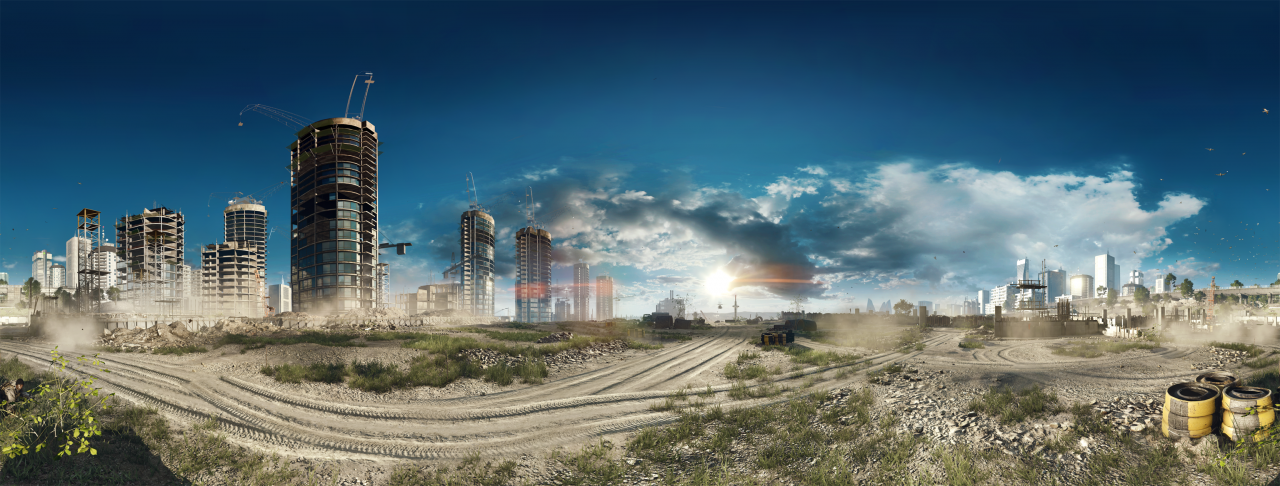
Among the most accurate methods of evaluating deep foundation, elements are cross-hole sonic logging (CSL). Ultrasonic pulses are transmitted from one probe to another in a pile and based on the received waves, CSL detects the structural integrity. A slurry wall or drilled shaft tests for integrity using it.
Testing CSL ensures that the concrete foundation is sound and is free of defects, such as soil intrusions, sand lenses, or voids. Access tubes (steel or PVC) of 1.5 in diameter typically uses for CSL. As part of the construction, the shaft reinforces with rebar cages are tied to the shaft at the rebar cage level.
Acoustic logging or logging tests are also known as CSLs. Within a few minutes, an anomaly can detect inside the concrete. CSL tests reveal defects whose size, shape, severity, and location can determine by cross-hole tomography (CT), which performs after them. The CSL and CT Analysis are typically used to detect issues associated with problematic concrete pours.
Pile Test Procedure
Access Tube Installation
Prepare the piles before concrete pouring by installing two access tubes. Test tubes are typically made of PVC or steel, and they range in diameter from 38mm to 50mm. An interior rebar cage is attached to the tubes. Then water is poured into them. In determining the number of pipes needed, including the size and resolution of the results must take into account.
Readings Recording
Hydrophones use to take the reading. There are two hydrophones in each tube. A horizontal pulse velocity is measured when the hydrophones lift. By rotating the depth wheel, the reading resolution can adjust. Reading takes usually every six centimeters.
Published By
Arka Roy
www.constructioncost.co
